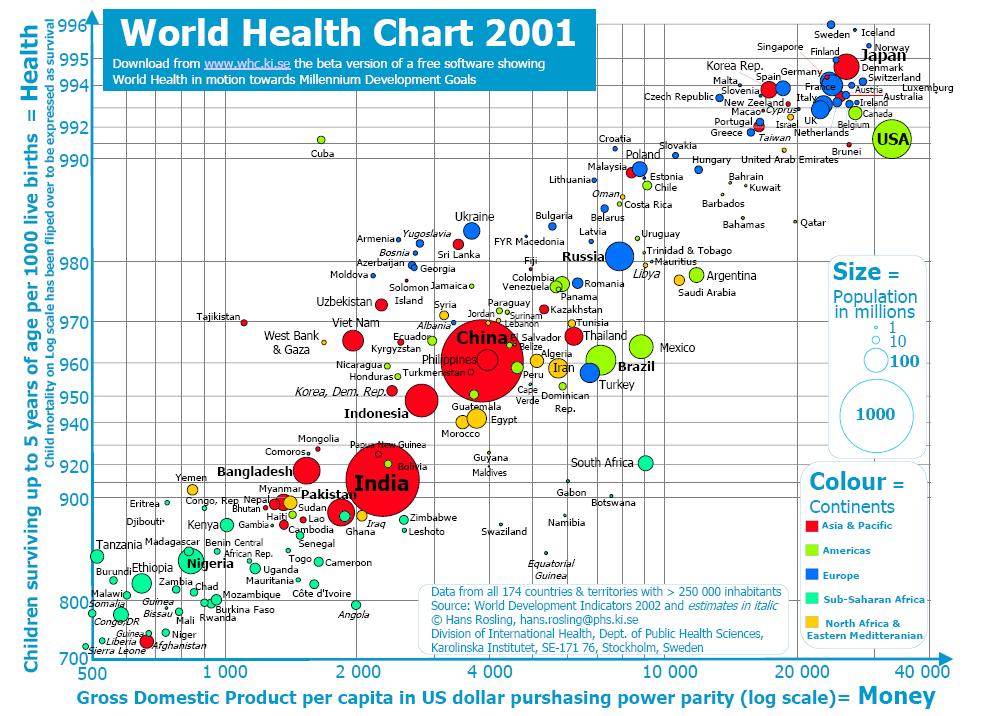Data Visualization: Difference between revisions
Jump to navigation
Jump to search
No edit summary |
No edit summary |
||
| Line 2: | Line 2: | ||
[[Image:datavis.jpg|thumb|left|Complex example of data visualization]] | [[Image:datavis.jpg|thumb|left|Complex example of data visualization]] | ||
By presenting data in a way that suits human perception, data visualization becomes the essential tool for [[exploratory data analysis]]. | |||
{{FloatingQuote|... the science of visual representation of “data”, defined as information which has been abstracted in some schematic form, including attributes or variables for the units of information.|[Friendly and Denis, 2004]}} | {{FloatingQuote|... the science of visual representation of “data”, defined as information which has been abstracted in some schematic form, including attributes or variables for the units of information.|[Friendly and Denis, 2004]}} | ||
== References == | == References == | ||
Revision as of 11:19, 24 May 2005
Data visualization is the process of using graphical presentation to represent complex data in a way that provides the viewer with a qualitative understanding of its information contents, turning complicated sets of data into visual insights.[Bhargava, 2003]

By presenting data in a way that suits human perception, data visualization becomes the essential tool for exploratory data analysis.
... the science of visual representation of “data”, defined as information which has been abstracted in some schematic form, including attributes or variables for the units of information.
[Friendly and Denis, 2004]
References
- [Bhargava, 2003]: Bharat Bhargava, Data Visualization Overview, 2003.